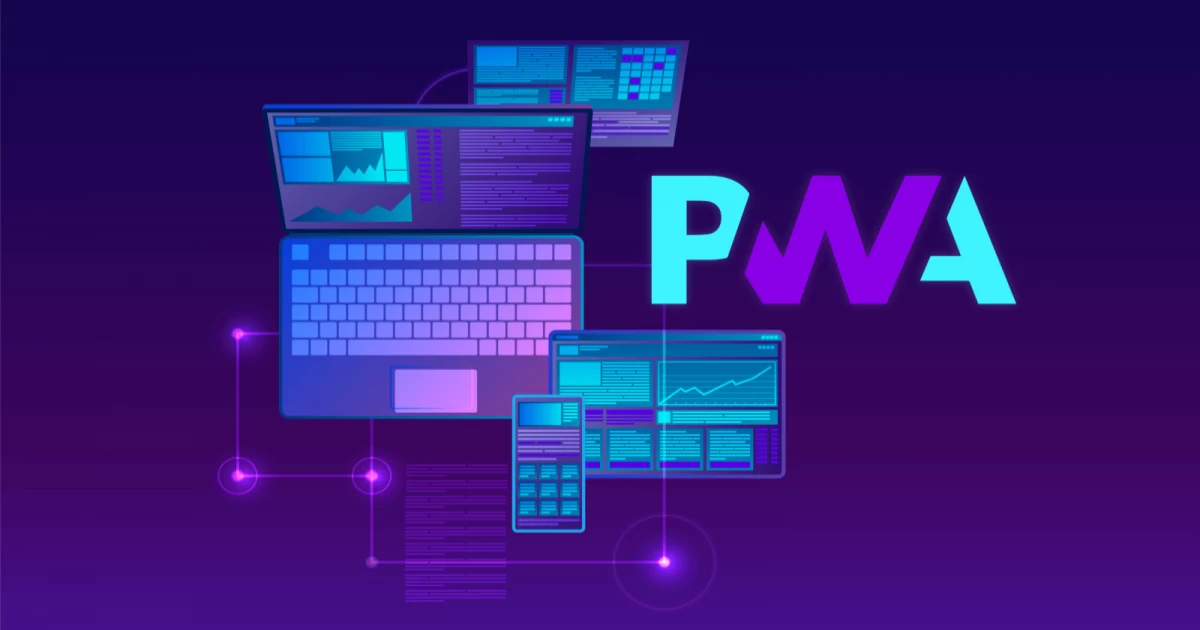
Building a Progressive Web App (PWA): Introduction
Progressive Web Apps (PWAs) are web applications that offer a native app-like experience. They are becoming increasingly popular, as they allow users to access web applications even when they are offline, and offer features such as push notifications and home screen installation. In this step-by-step guide, we will cover how to build a PWA, including its popular long tail keyword topics.
- Service Workers
Service Workers are a key component of PWAs. They are scripts that run in the background of a web page, allowing for caching of assets and offline browsing. To implement Service Workers in your PWA, you will need to register the Service Worker script, handle installation and activation events, and implement caching strategies.
- Caching
Caching is essential for PWAs, as it allows users to access website assets even when they are offline. There are several caching strategies available, including cache first, network first, and stale-while-revalidate. To implement caching in your PWA, you will need to configure your Service Worker to cache the appropriate assets.
- Offline Browsing
One of the key benefits of PWAs is the ability to provide offline browsing. To enable this feature in your PWA, you will need to ensure that all necessary assets are cached, and that your Service Worker is configured to respond to network requests with cached assets when the user is offline.
- Manifest
The Web App Manifest is a JSON file that contains metadata about your PWA, such as its name, icons, and startup URL. It is essential for PWAs, as it allows the browser to identify your PWA as an application and enables installation on the user's home screen. To implement the Web App Manifest, you will need to create a manifest.json file and include it in your PWA's HTML code.
- Push Notifications
Push notifications are another key feature of PWAs. They allow website owners to send notifications to users even when they are not actively browsing the website. To implement push notifications in your PWA, you will need to use a service such as Firebase Cloud Messaging, and configure your Service Worker to handle push notification events.
Conclusion
In conclusion, building a Progressive Web App (PWA) can be a powerful way to offer a native app-like experience on the web. By implementing Service Workers, caching, offline browsing, the Web App Manifest, and push notifications, you can create a PWA that offers an amazing user experience. So why not start building your own PWA today?




Comments
No comments yet.
Add Comment